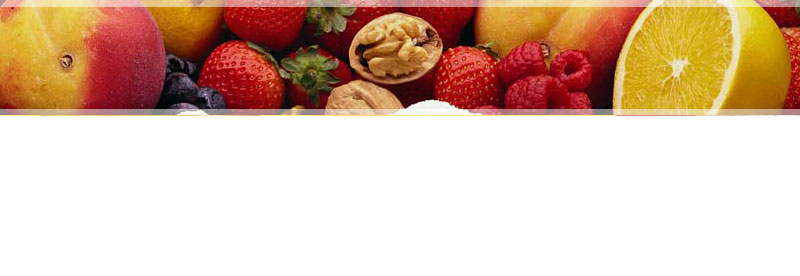Nutrition Questions and Answers
Vital Health Zone is proud to announce Lesa Rusher, who is our resident naturopathic expert and who is available to answer questions about nutrition and health.
Lesa Rusher is a qualified naturopath with a thriving business in Canberra, Australia and has a wealth of experience treating clients on a variety of health issues. Lesa Rusher's full credentials can be found in our experts area.
Lesa Rusher will answer your nutrition-related questions.
Q: I am a very thin male and no matter how much I eat, I do not gain weight. I brisk-walk for about 20 mins, 3 times a week.
I would like to put on just a bit more weight to look healthier.
Advertisement
A: There are two possible reasons why you cannot put on weight:
1. You may have a very efficient metabolism, which runs at a higher speed than normal and this means you burn energy quite quickly and so cannot seem to put on weight. There is probably very little you can do about your metabolism other than wait until you are older, when it will naturally slow down and you will notice you put on some weight in your 40's and older.
In the meantime, you could try to incorporate more carbohydrates foods that have medium-high glycemic. This could help a little, for you to put on a some weight. The reason that these foods are suggested is that they have more energy than lower glycemic index foods and may help you retain this energy in the form of stored fat.
The glycemic index (GI) content of foods are defined as follows:
- Low GI = lowe than 55
- Medium GI = 55 - 69
- High GI = 70 and higher
Foods which have a medium-high glycemic are the following:
Breads
- Rye bread (GI = 76)
- Bagels (GI = 72)
- White bread (GI = 70)
- Wholemeal bread (GI = 69)
- Pita bread (GI = 57)
Breakfast cereals
- Rice Bubbles (GI = 89)
- Cornflakes (GI = 84)
- Puffed Wheat (GI = 80)
- Vita Brits (GI = 61)
Fruits
- Watermelon (GI = 72)
- Rockmelon/cantaloupe (GI = 65)
- Banana (GI = 55)
- Mango (GI = 55)
Grains / Pasta
- Brown rice (GI = 76)
- Long grain white rice (GI = 76)
- Taco shells (GI = 68)
- Basmati rice (GI = 58)
Legumes
- Broad beans (GI = 79)
Vegetables
- New potatoes (GI = 65)
- Pontiac potatoes (GI = 65)
- Beetroot (GI = 64)
- Corn (GI = 55)
You can find more information about GI from the University of Sydney's official web site about Glycemic Index.
You may want to check the GI of the foods you buy to see how high or low it is and make your decision from that point.
Just be aware, that it is more healthier to eat foods that have a low to medium glycemic index.
2. You may not be taking in enough calories for your activity level (and age/weight) to ensure you put on weight.
You should use our recommended calorie intake calculator, to calculate how many calories of food you require given your level of activity (and other parameters) each day.
Please note that the information provided is for educational purposes only and is not meant to diagnose or treat medical conditions. Consult with your medical physician regarding appropriateness of using supplements in your healing process.
Advertisement
Enjoy better health!


